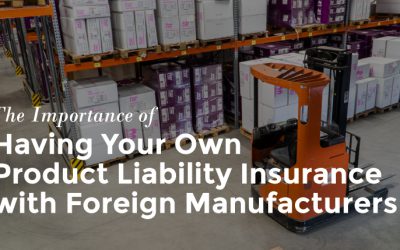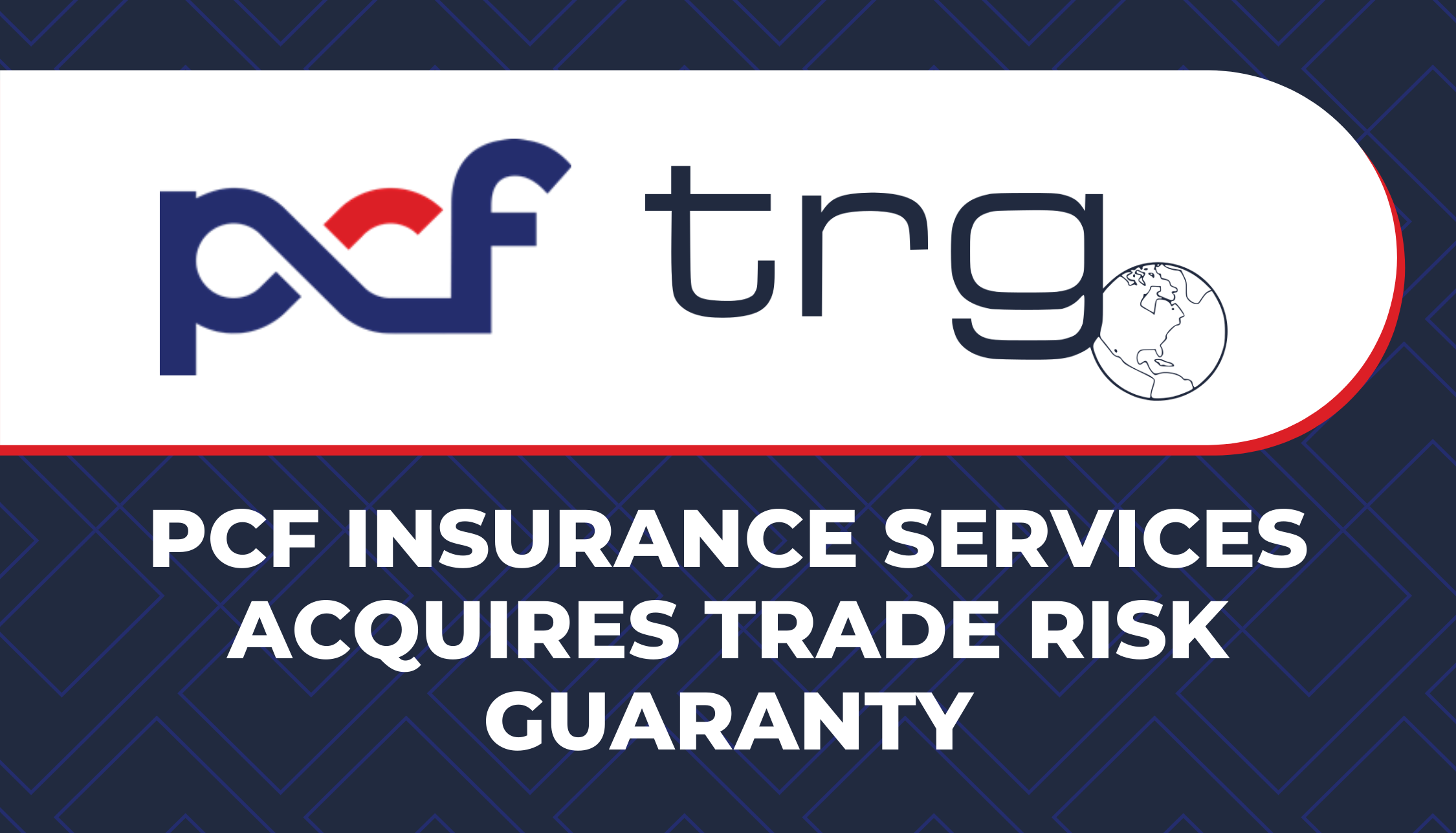Trade Risk Guaranty is here to help you develop a global business growth strategy for overseas expansion with 6 steps to get you started.
As any small business owner knows, there comes a point in your company’s growth that a plateau is reached. This plateau may seem impossible to overcome and can easily make even the most passionate entrepreneur want to throw in the towel. However, this stage is quite normal in the growth of a small business. For many companies, developing a global business growth strategy in order to expand overseas ends up being a lucrative solution to this common problem.
There have been many online articles written to help entrepreneurs with their overseas expansion. Inc.com recently published an article listing 7 Simple Steps to Expanding Overseas which can be supported by Entrepreneur.com’s 6 Tips for Expanding Your Business Internationally. While Forbes.com offers a more in-depth guide to preparing in their 10 Key Steps To Expanding Your Business Globally.
The following are TRG’s 6 steps to help you develop a global business growth strategy for expanding overseas. These steps are to get your business started down the path to global expansion.
- Educate yourself on the International Market
This step can be referred to as performing “deep dive” due diligence. It includes conducting segmented market and competition analysis and considering opportunity/sizing to properly gauge the best positioning in the local market.However, in addition to gathering the data on your new international market, it is just as important to educate yourself on the local culture, language, and standards before you debut your product. Make sure that your pitch doesn’t get lost in translation resulting in an ultimate failure within the new market. - Establish a Local Presence
If you are going to begin doing business overseas, it becomes extremely important to have a local presence to help conduct business in that area. If you only plan to send you products overseas, this could only include finding an exporter or distributor who has done overseas distribution before. However, if you plan on establishing a headquarters overseas, choosing the ideal location is key.To really hit the ground running, consider using proven senior interim executives to drive key initiatives while you take your time hiring the right senior management team. This will allow you to ensure the right team is hired and not lose any time in getting business up and running. - Get familiar with the local labor laws
Once you decide where you will be setting up the headquarters for your business’ global expansion, you must familiarize yourself with the local labor and business laws in that country. This becomes especially important once you begin hiring an international team. Some countries require more extensive benefits than we do in the United States so don’t be blinded by allure of lower hourly wages without seeing the full scope of the local labor laws. - Prepare your foreign sales projections
Although your international expansion will need to be supported by your home base in the United States at the beginning, before making the transition you should have an accurate projection of the sales in your new foreign market. It is best to prepare these separately from your domestic revenue to since the ultimate goal will be to have your international headquarters support itself in due time. - Get your cargo insured
It may seem like an obvious statement, but international trade is a large part of expanding your business overseas. However, this simple statement comes with a potentially large learning curve if you have not been importing as a business prior to your international expansion. Make sure your global business growth strategy accounts for this aspect of the transition by learning all about marine insurance and accounting for it in your budget. - Determine the ideal method to transporting your product overseas
A few of your previous decisions will help you in this one. For example, if you are not setting up an international headquarters, you will have to decide if you will be exporting directly to consumers overseas, or engaging a distributor with existing connections in the market. Or, if the cost makes sense, you could even manufacture the product in the target country and sell it there.
Expanding into a foreign market can be a scary new endeavor for a business owner no matter how many years you have been in business. But with the right amount of due diligence and the perseverance, global expansion can become a jump start to large overall growth. If your company has found success in the United States, don’t be afraid to take the next step.







